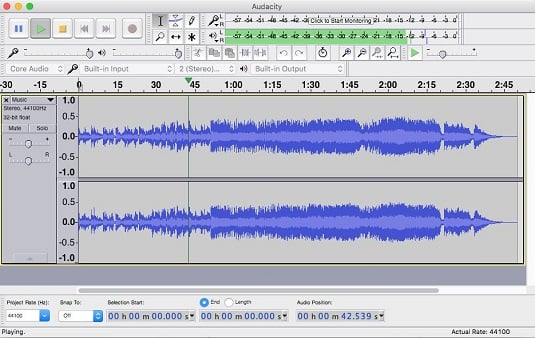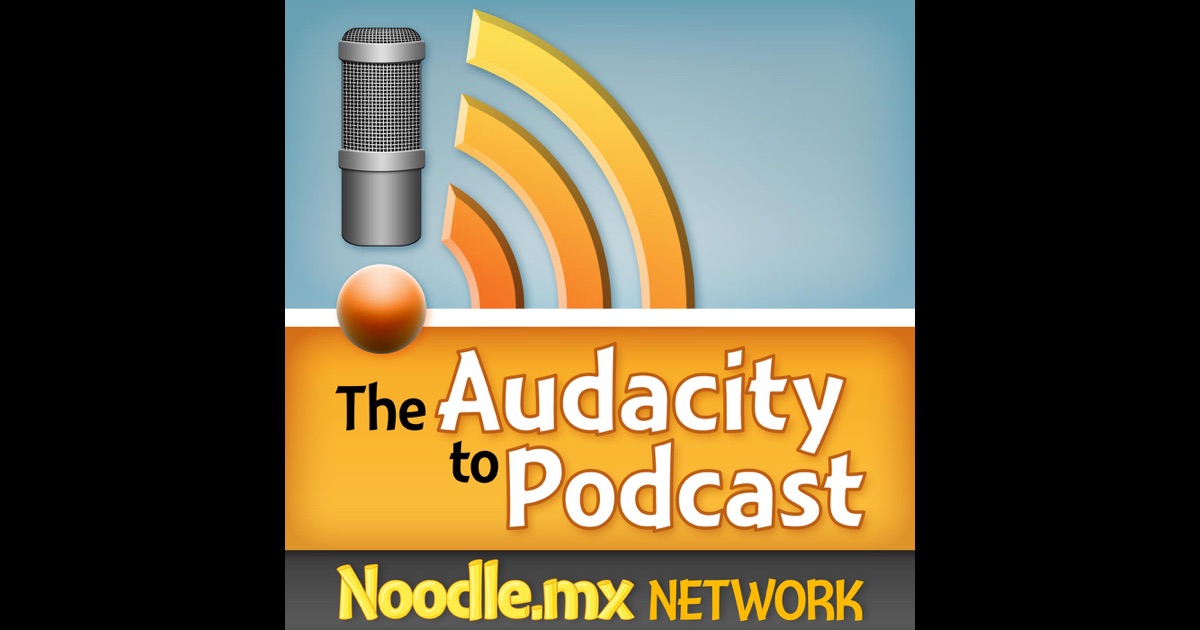

Unfortunately, this is not always the case! Especially in this day and age, many things can go wrong. Let’s face it, if the recording is done right from the start there isn’t a lot to do than just a basic clean up and you’re ready to go. So, here is a guide on how to edit your podcast like a Pro. Editing a podcast can be a pleasurable process but it can also get frustrating at times. Before we get started, I would like you to prepare yourself with a lot of patience. In this article, we will explain to you step by step how to edit your podcast properly so you don’t fall into the pitfalls many beginner podcasters do. Just can’t wait? Drop me an email.Editing your podcast may be an option for those that have the time to do it or love to have a more DIY approach to things. From guidance in purchasing and setting up equipment to Audition and Audacity templates tuned to your podcast.

Pro Voice Guy Studios now offers full podcast production.Īlso, coming soon, all sorts of podcast technical coaching options. If you need help or you just don’t have the time to make your podcast sound great, I would be glad to help! Also, if you make any changes to your studio like your microphone, microphone placement, sound conditioning, etc., go back and give it another review. You will find that your ears have become more sensitive and you might hear more room for improvement. However, do yourself a favor and review your settings every once in a while. Fortunately, you are likely dealing with one or two voices (maybe more if you have a lot of guests.) Once you find the perfect balance, you can save it as a preset and not need to do this work every time. Where I went to college, we had a whole audio engineering department, and they spend endless hours listening and adjusting to become EQ masters. Audio engineers spend their entire careers mastering EQ. If that doesn't work or it takes away any clarity, you might try using a DeEsser plugin. Just find the range where it really becomes pronounced and then try reducing that band.

It can help to boost bands in this area one by one until you find the one where the sibilance lives. If, instead of pleasant sounding s's, z's, and even sh's, try some minor narrow cutting in this range.Ĭhances are the sibilance is in a very narrow frequency range. Sibilance is the unpleasant sound that comes from our voice's "s" sounds. If there is a lot of sibilance in your recording, this is the area you should experiment with.


 0 kommentar(er)
0 kommentar(er)
